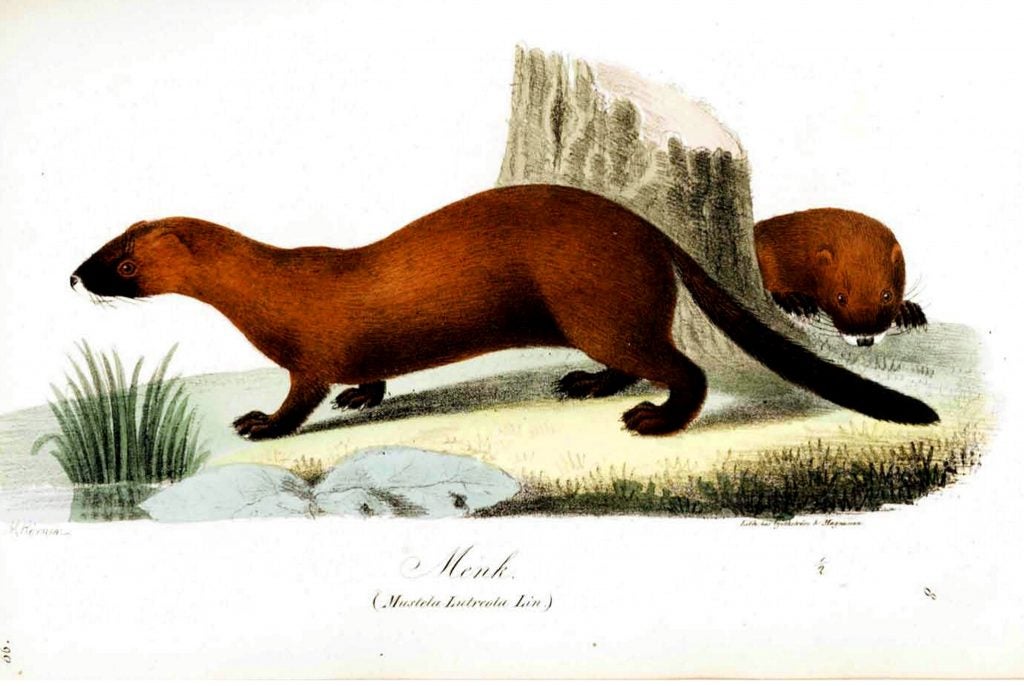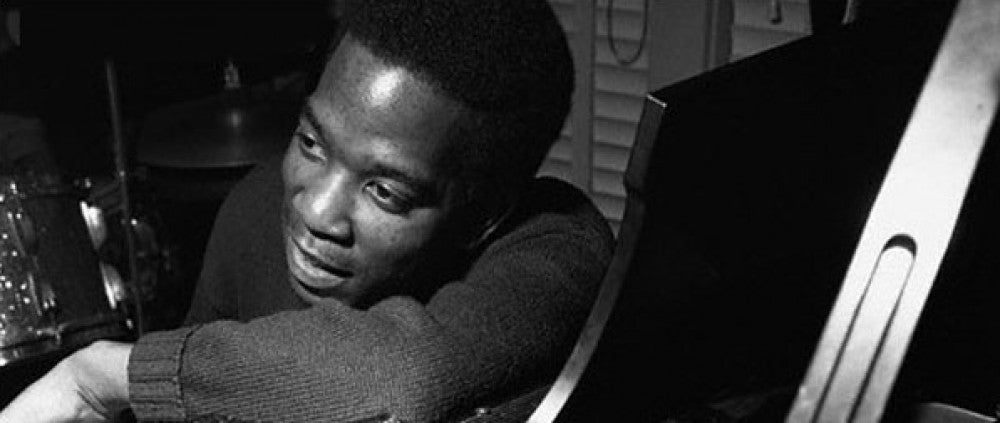“A System of Wheels,” by Tennessee Williams
The evenings were ghastly. Miriam fancied that he was persecuting her in all manner of ways. For one thing he was deceiving her about the size of his paycheck. Also he was having affairs with other women. One of these fictitious paramours of Anthony’s was the church-organist. At this suggestion Anthony was particularly horrified, for the musician to whom his wife referred was a stout woman of forty-odd with a goiter.
“A System of Wheels,” by Tennessee Williams Read More »
The evenings were ghastly. Miriam fancied that he was persecuting her in all manner of ways. For one thing he was deceiving her about the size of his paycheck. Also he was having affairs with other women. One of these fictitious paramours of Anthony’s was the church-organist. At this suggestion Anthony was particularly horrified, for the musician to whom his wife referred was a stout woman of forty-odd with a goiter.








